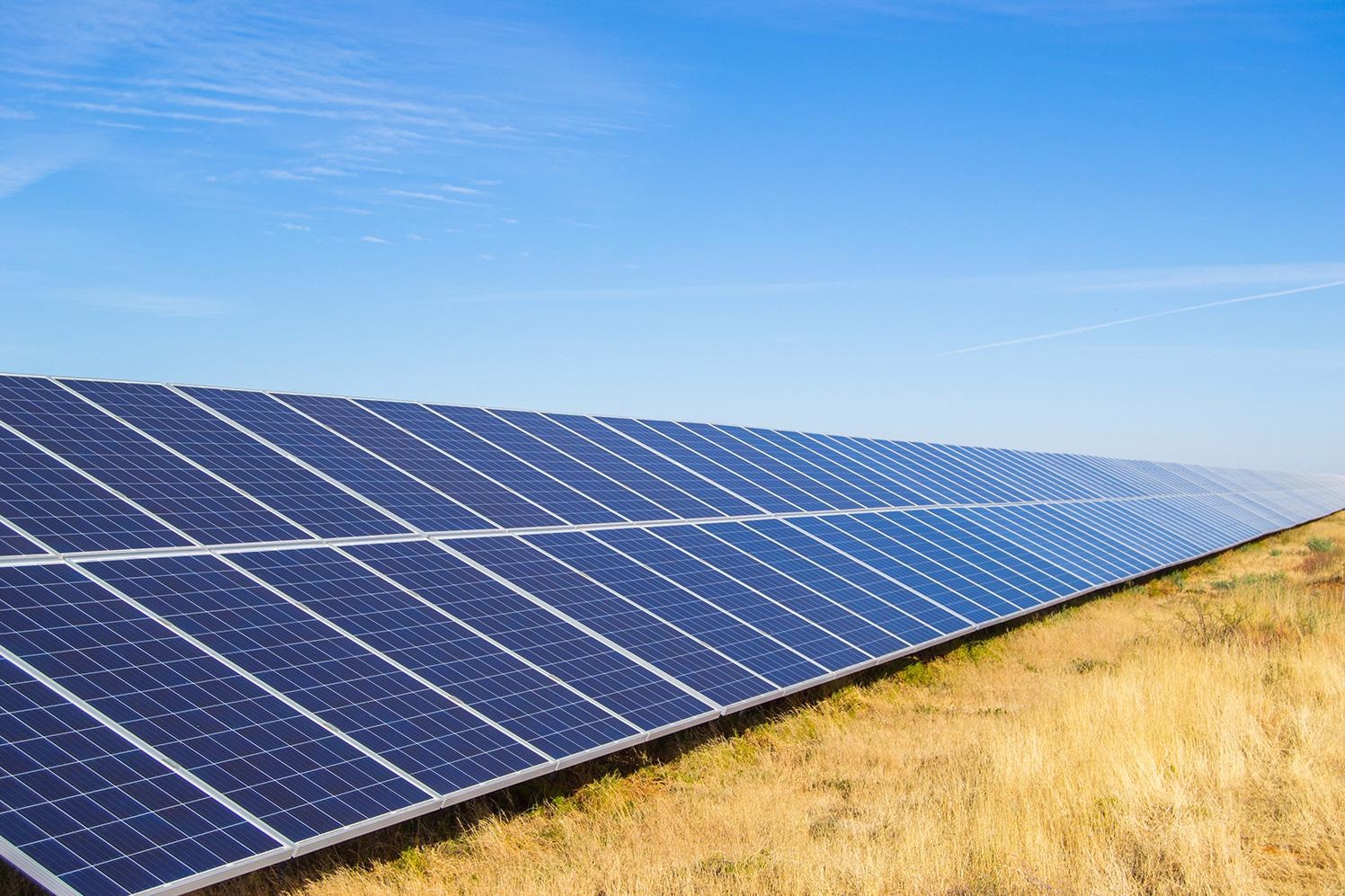Thanks to new thin-film technology, perovskites could bring increased efficiency to solar panel manufacturing for a lower cost. Silicon solar cells are gradually reaching their theoretical upper power conversion efficiency limit, and at the same time, perovskite solar cells have emerged as low-cost solutions for photovoltaics, below $0.3 per Watt, with high efficiencies of over 25 per cent. The GRAPES Spearhead Project, run by research initiative the Graphene Flagship, is set to make cost effective, stable graphene-based perovskite panels a reality.

Image Credit: Graphene Flagship
The GRAPES Spearhead Project aims to combine traditional solar cells with thin-film technology to design, fabricate and characterise perovskite/ silicon tandem solar cells based on graphene and layered materials. The GRAPES Spearhead Project, an industry lead initiative to bring graphene products to the market, aims to combine traditional solar cells with thin-film technology to design, fabricate and characterise perovskite/ silicon tandem solar cells based on graphene and layered materials. By exploiting layered materials like graphene, the GRAPES team aims to boost cell performance to record levels, and to fabricate cost-effective, stable photovoltaic panels.
These innovative devices will be realised in an industrially relevant environment: a pilot line for proven, customer-ready panels. The panels will be tested using accelerated lifetime tests under real outdoor conditions, with a focus on reducing the levelised cost of energy to below €20 per MWh.
GRAPES developed a fully dry-transfer method for single layer graphene on perovskite subcells with high conductivity and transparency. The industrial partners of GRAPES identified materials for panel lamination compatible with both perovskite and crystalline silicon solar cells. They also defined the inverter requirements by analysing necessary adaptations to the perovskite tandem cells, and upgrading the existing solar farm infrastructure.
In the move towards market ready results, GRAPES will install solar panels 20 m2 in size with power conversion efficiencies above 23 per cent, outperforming the most powerful silicon module on the market. The outdoor test, equipped with adapted inverters and a performance monitoring system, will showcase the potential of this technology to industry, helping to commercialise graphene-enabled perovskite cells.
GRAPES focuses on improving the stability and efficiency of solar cells when deployed on a large scale. In turn, this will play an essential role in boosting Europe’s uptake of solar energy projects.